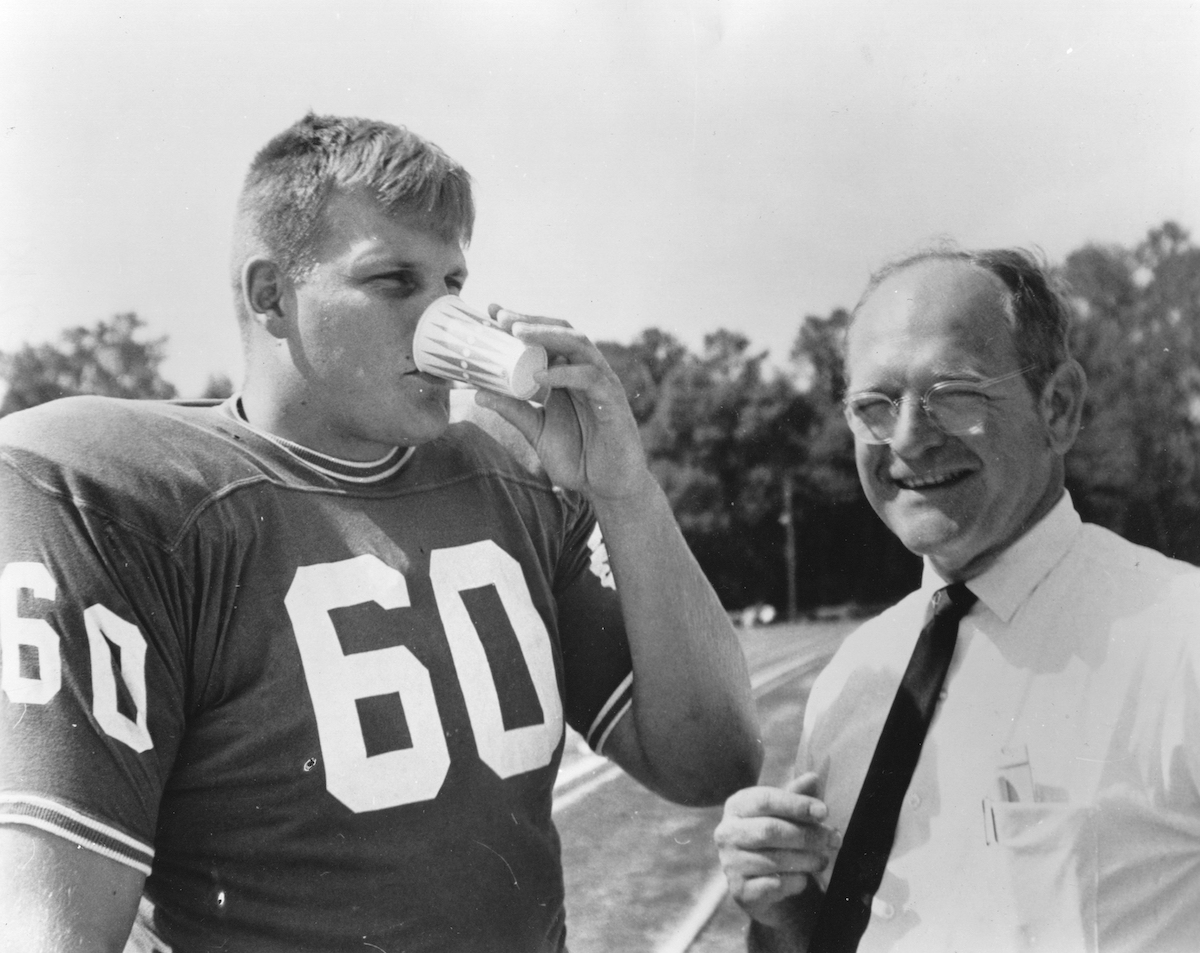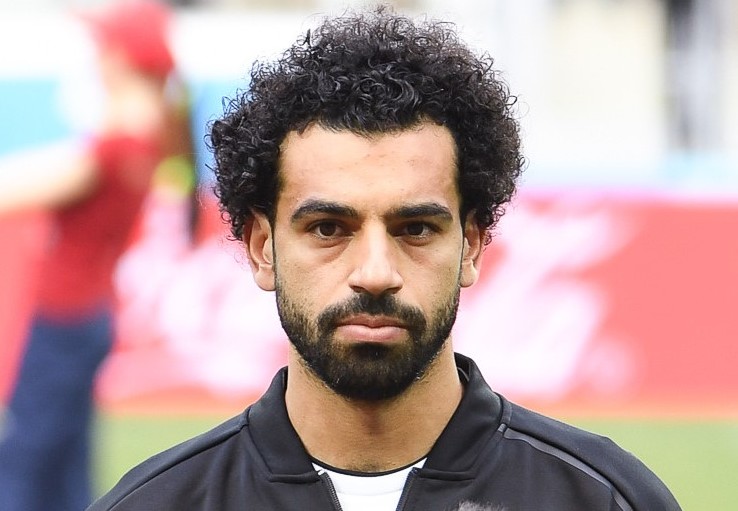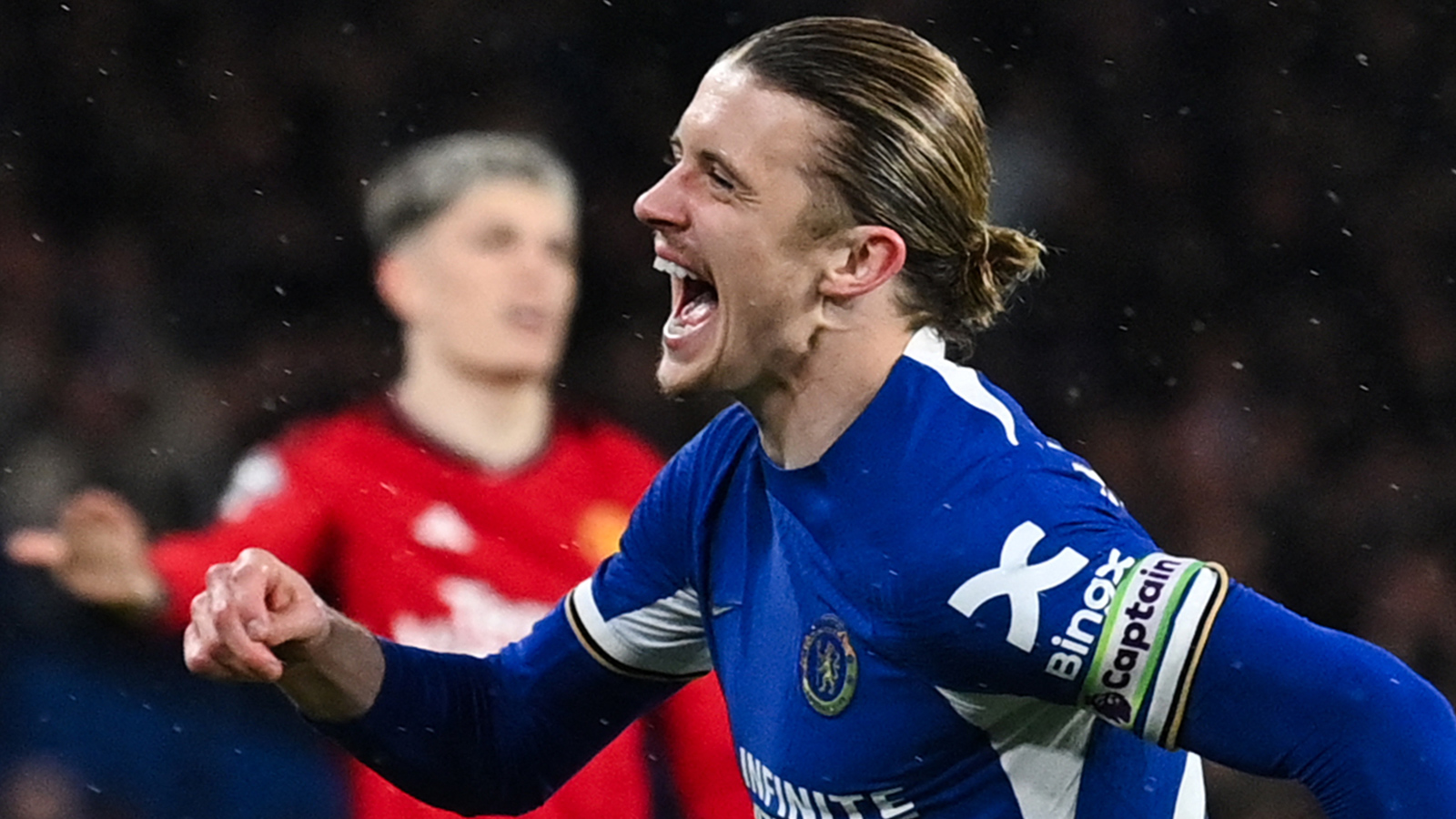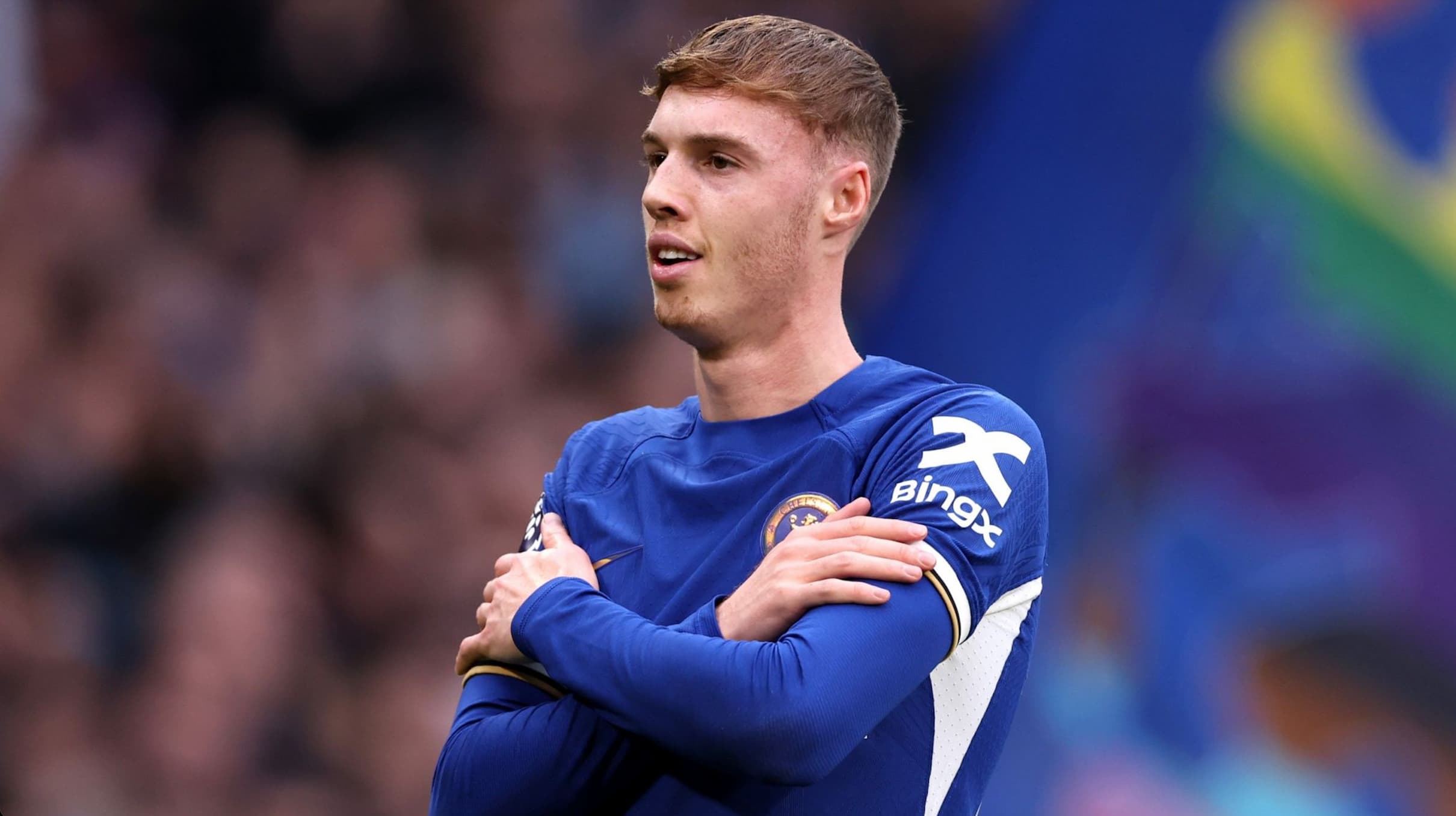
The Florida Gators Make $20 Million Annually From Gatorade but the University Could Be Making 2-3 Times More
Gatorade is loved by many in the athletic world, from professional teams, to college teams, to weekend warriors. If you watch college football, you can’t miss when the winning team’s head coach is doused with freezing cold Gatorade by his team. It is surely hard to replace the delicious electrolyte replacement drink as both a drink and a part of our culture — which is why it makes sense that the Florida Gators make so much money from Gatorade. Keep reading to learn how they could be making even more.
But first, here’s a brief history of Gatorade

Robert Cade grew up in San Antonio, Texas. Even as a future scientist, he did not pursue top grades in school. Instead, he tried to get as close to failing without actually failing. Despite his crazy little game he went on to the University of Texas, where he graduated with a degree in two years all while working at the library and a gas station. Cade attended medical school in Dallas after which he was recruited by The University of Florida to be Chief of Renal Medicine.
As The Hustle reports, a research fellow of Cade, Dana Shires, proposed a challenge: to find a remedy for football players at UF, who were tiring out during the second half of the game, and they weren’t urinating. The solution was a simple water-based drink that included salt, glucose, and phosphate. The first test was so successful at a scrimmage that Cade made a bunch for a big game the next day. Football players guzzled down the new drink and dominated during the second half. Gatorade was born.
Other schools were making similar drinks for their teams, but Florida dominated the football field and the electrolyte drink field as well. Gatorade was set to explode — and so was Cade’s relationship with the University.
Gatorade got big and the Florida Gators got upset
Cade started making Gatorade on a small scale. Word was getting out, and Cade realized he was really on to something big. Cade and his partners approached the university for help. He was convinced that every sports team would pay the university to drink Gatorade — but the University was not interested, saying they didn’t have the necessary money or manpower.
The Gatorade Trust (Cade and fellow inventors) ultimately agreed to receive royalties of 5 cents per gallon sold. This was a good move because the first three flavors — grape, orange, and lemon-lime — were a sensation. Profits steadily grew over three years.
The Board of Regents at the University of Florida saw what was happening with Gatorade and Cade, and they realized they made a mistake. In July 1971, Florida filed a lawsuit for 100% of Gatorade’s royalties. The lawsuit ended up being shaky due to two factors: Cade did not sign a contract that gave Florida the rights to his inventions, and Cade and fellow researchers were funded by the federal government. However, Gatorade was linked to Florida through a TV commercial that featured Coach Ray Graves. The name itself was also linked to Florida’s Gator mascot, and the early publicity of the product was thanks to the team’s success.
Here’s how the royalties ultimately got split up
The University of Florida and the federal government (specifically, the National Institute of Health) got involved in the lawsuit against the Gatorade Trust, seeking multiple delays. Legal fees kept piling up. The researchers were warned that eventually they would be sued in every state. Although the inventors were set to become very wealthy, they weren’t there yet, and the threat of such a long process was enough for them to settle the lawsuit.
It was agreed that the University of Florida would get 20% of royalties. Cade and four other members of the trust got 10% each of royalties. The other 42 members split the rest of the settlement. The Gatorade Trust has been making about $80 million a year in recent years.
It is possible the Gatorade Trust and the University could have ended up with nothing. However, it’s thanks to one savvy move by Cade that saved their fortune. Cade knew that trademarks last forever as long as you renew them, and he registered the trademark for Gatorade. Gatorade is now owned by PepsiCo — and this move on the part of Cade is the only reason that PepsiCo still pays royalties to Cade, the University, and others.
The Florida Gators could have made much more from Gatorade
Hindsight is always 20-20 and looking back, the University of Florida sees how they could have made two to three times more money on Gatorade. If only they had been smarter and better organized. Now, the University can now assume ownership of inventions developed with its support while the inventor usually gets 25% to 40% of the cut.
The University of Florida uses its Gatorade royalties to support research and to entice researchers to their campus. There are about 140 new inventions each year. In 2018, the licensing revenue from patents held by the University totaled about $2.9 billion. One could say that it all went well for everyone involved with Gatorade in the long run.


